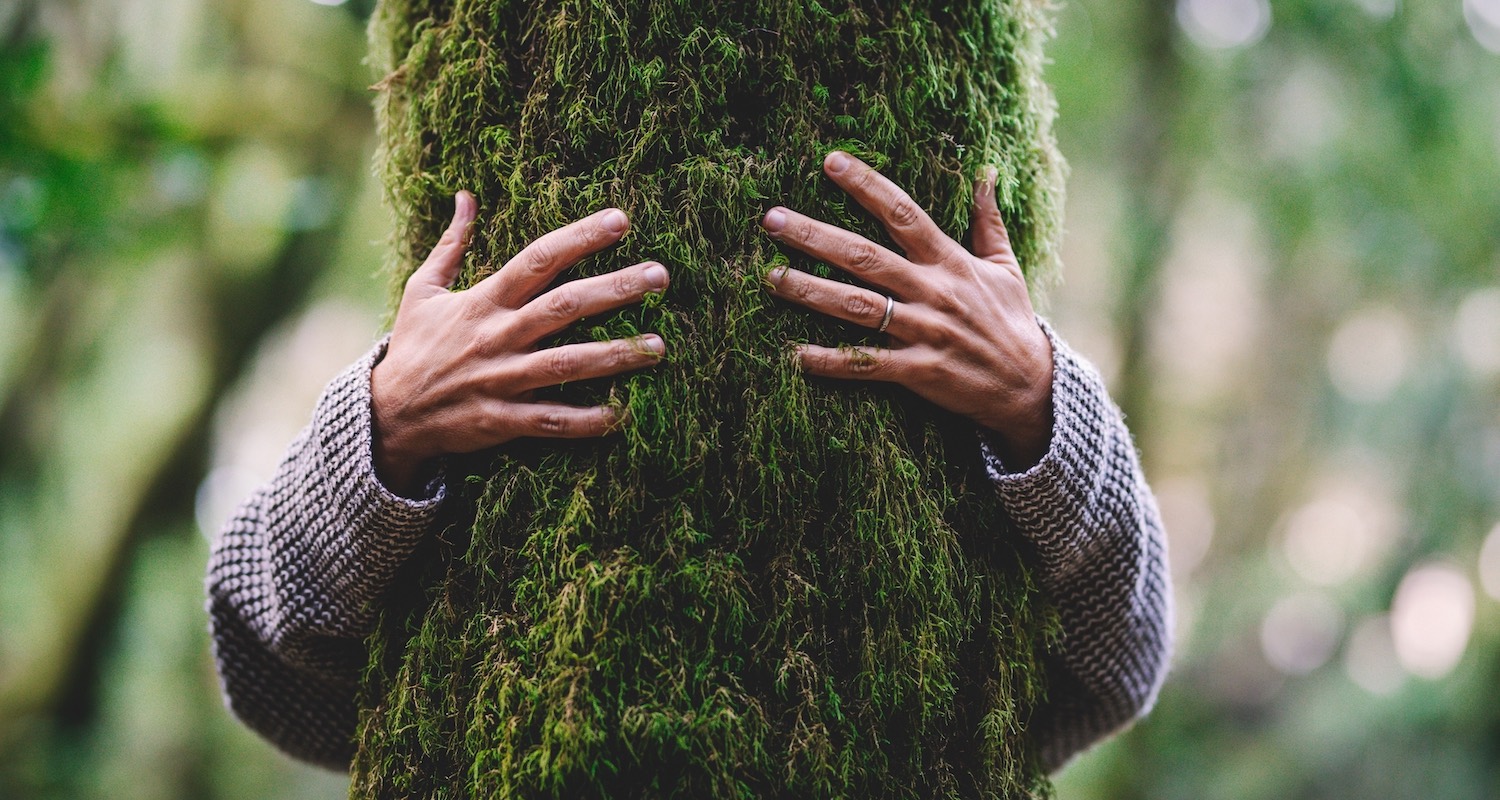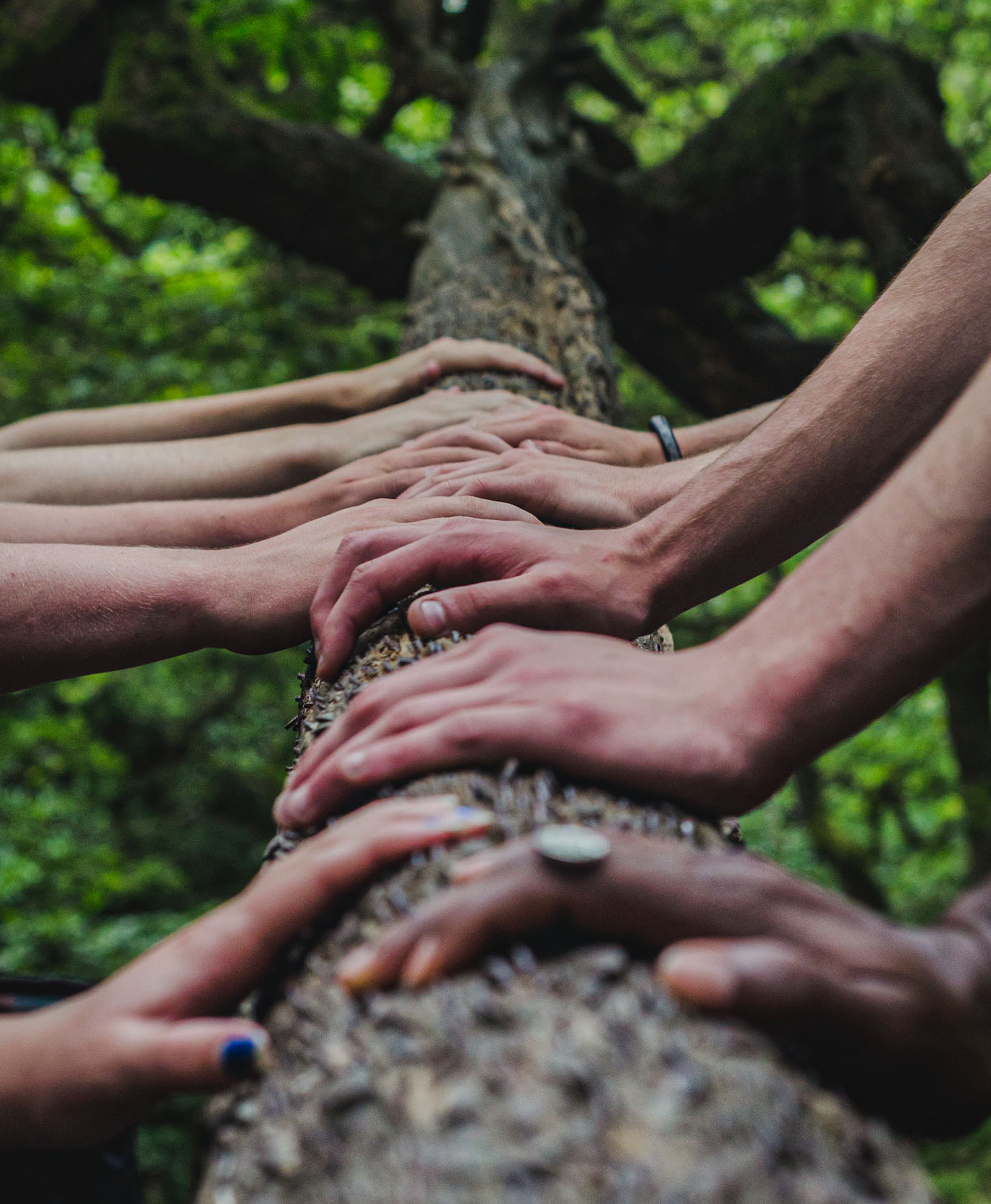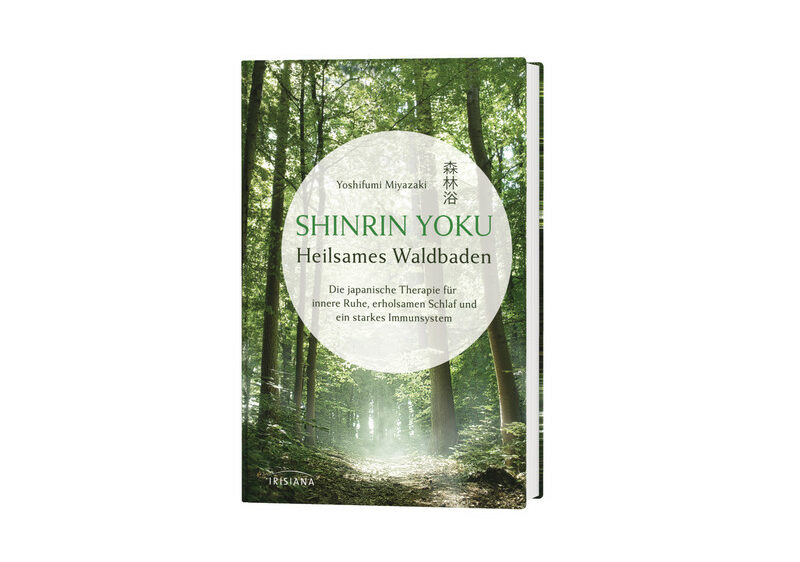
Trend Watch Shinrin-Yoku: The Japanese Practice of Forest Bathing
In Japan, immersing yourself in a lush green forest has been a popular practice for years – "Shinrin-Yoku" is even considered an official form of therapy. Now forest bathing is also finding its way into the wellness sector in the Western world.
August 27, 2022
As far back as the good old 1980s, people in Japan found themselves in the woods to pursue a very specific health concept: forest bathing. Shinrin-Yoku, or "immersing yourself in the forest," was created about forty years ago. From tree hugs to walks, both physical and mental health are said to benefit from the power of trees.
From Japan to the world: conscious forest bathing in the form of Shinrin-Yoku is conquering the world. © Carmen Marxuach
The history of the forest baths
One look at big cities like Tokyo or Fukuoka is enough to understand how the trend could have emerged in Japan as early as the 1980s – and how it is only finding its way into Western wellness concepts now. Noise pollution from constant traffic, continuous artificial lighting and incredible pressure to perform at work have been a burden on people's health in Japan for decades. To counteract this development, the government developed the concept of Shinrin-Yoku, which soon crossed borders and is now making a name for itself as a recognized healing method internationally.
Immersion made easy
By now, numerous hotels in Europe invite guests to take guided forest baths, such as the two five-star hotels Der Steirerhof in Bad Waltersdorf and Waldklause Naturhotel in Austria or the MIRAMONTI Boutique Hotel in South Tyrol, Italy.
Effect: How the forest can heal us
Shinrin-Yoku has been improving the health of the population in Japan for forty years. Over time, this "health trend" has become a recognized form of therapy in the land of the rising sun. This is mainly due to scientific studies, which investigate the effects of Shinrin-Yoku on the body and mind. The Forest Bathing Institute has gathered the most important research of the past four decades on the subject of Shinrin-Yoku. Much of it is based on the findings of Dr. Qing Li, who, with his team at Nippon Medical School, has spent decades studying this form of therapy.


Among other things, he found that half of the health-promoting effects of the forest are based on the special air. The many trees provide a higher oxygen content and emit numerous healing chemicals. For example, a day spent in the forest can increase the so-called "natural killer cells" in our blood by up to 40%. They are responsible for killing abnormal cells, such as tumor cells and virus-infected cells.
Forest bathing can ...
- ... lower high blood pressure and regulate blood sugar levels
- ... have a beneficial effect on our immune system
- ... lower cortisol levels and thus reduce stress
- ... promote concentration
- ... promote the formation of killer cells
- ... support physical and mental regeneration
- ... improve the quality of sleep.
More than just a walk
If you think Shinrin-Yoku is just about taking a brisk walk among the trees in your backyard, you're mistaken. In addition to classic walks (slowly and mindfully, mind you!), it includes the conscious embrace with a tree and special body, breathing and mindfulness exercises. So if you encounter a small group of people standing among fir trees, doing yoga-like poses, they might be fully immersed in the forest.
Reading tip
Walking in the Woods: Go back to nature with the Japanese way of shinrin-yoku, Yoshifumi Miyazaki (2018).
University professor and researcher Yoshifumi Miyazaki is one of the leading experts in the field of Shinrin-Yoku. This non-fiction book provides a closer look at forest therapy research and presents simple exercises and tips for forest bathing at home.



